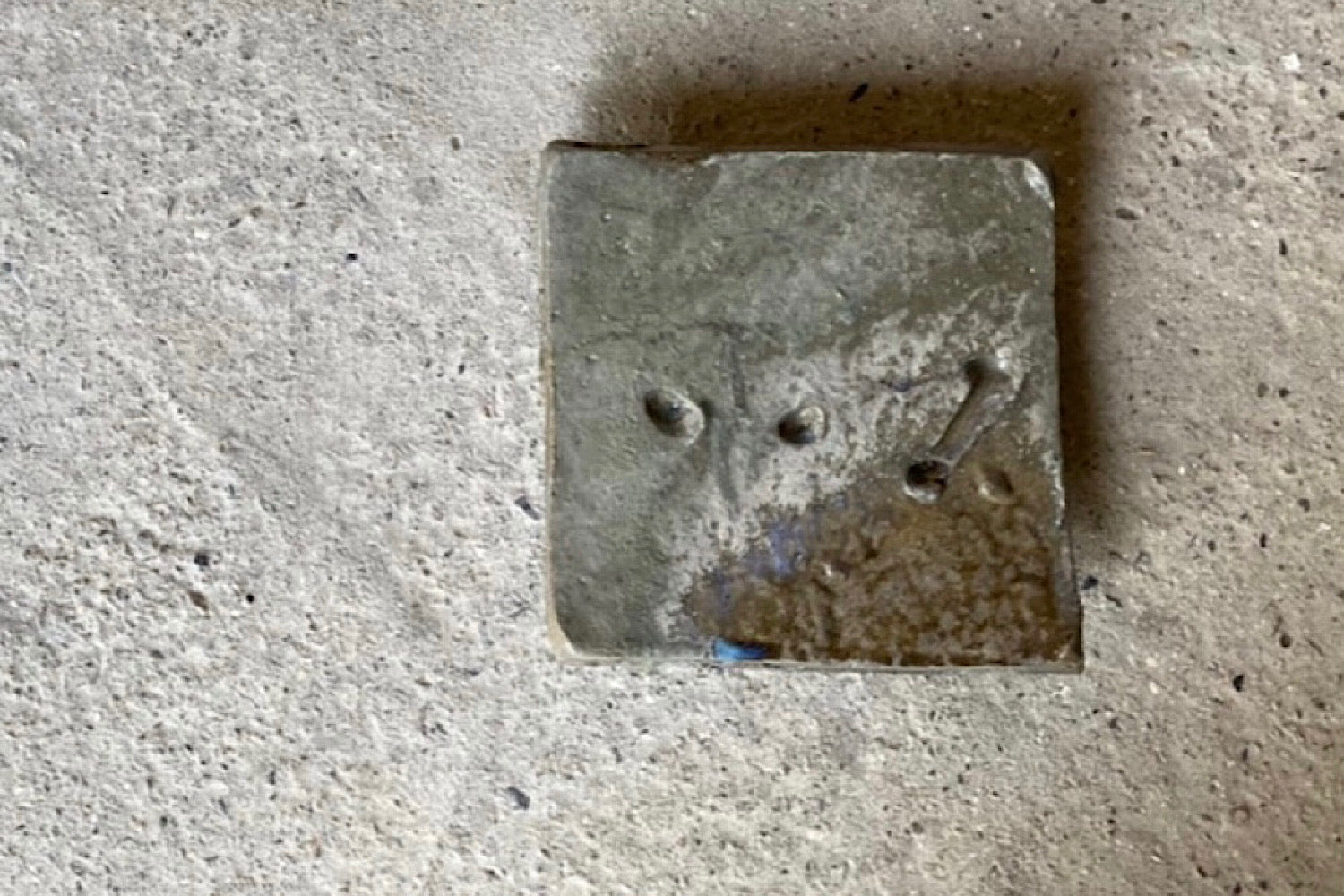
Collection:
Atsuro Yoshimoto
Collection:
Atsuro Yoshimoto
Ceramic history
Born in Inbe, Bizen City in 1969
1993 Graduated from Yokohama National University, Department of Architecture
1995-97 Studied ceramics at the French National School of Fine Arts"Duperré"
Returned to Japan in 2003. Started making pottery under the guidance of his father, Somine.
The roots of Bizen ware are Sue ware, and the pottery used in the Kofun period includes Haji ware and Sue ware. Haji pottery is a rope pottery, a red unglazed pottery that follows the tradition of the Yayoi period.
On the other hand, Sue pottery was made by Korean Silla potters who came from around the 5th century, and it was made by a new continental technique different from the traditional Japanese crafting technique, and it was baked hard. It is an elaborate pottery of blue-gray.
The feature of the production is the use of a full-scale potter's wheel and the use of a customer kiln for its firing. Sue pottery was produced in various places from the 5th century to the 12th century, and the Bizen region (especially the area of Ekugo) was a typical production area, along with salt and iron.
It is used as a major pottery in ancient times, and while satisfying various demands of life, it is handed down to the next era of pottery, that is, Bizen ware in the case of Bizen.
Also, in the Middle Ages, Rikyu, who made the tea ceremony, added Sue pottery to one of the tea ceremony utensils, which has had a considerable influence on the tea masters of later generations. I am studying every day to ask about the footprints of Sue pottery, which has such an old and long history.
-
Bizen Sue Three-legged bowl
![]() 好本 敦郎
好本 敦郎- Regular price
- ¥13,200
- Sale price
- ¥13,200
- Regular price
-
- Unit price
- per
Sold out -
Bizen Sue Yokotsutsu Hanaire
![]() 好本 敦郎
好本 敦郎- Regular price
- ¥110,000
- Sale price
- ¥110,000
- Regular price
-
- Unit price
- per
Sold out -
Bizen Sue Bamboo shoots with hanaire
![]() 好本 敦郎
好本 敦郎- Regular price
- ¥143,000
- Sale price
- ¥143,000
- Regular price
-
- Unit price
- per
Sold out -
Bizen Sue Toru Hand tub with hanaire
![]() 好本 敦郎
好本 敦郎- Regular price
- ¥55,000
- Sale price
- ¥55,000
- Regular price
-
- Unit price
- per
Sold out -
Sue Bizen with ears and hanaire
![]() 好本 敦郎
好本 敦郎- Regular price
- ¥33,000
- Sale price
- ¥33,000
- Regular price
-
- Unit price
- per
Sold out -
Bizen Sue White bowl
![]() 好本 敦郎
好本 敦郎- Regular price
- ¥44,000
- Sale price
- ¥44,000
- Regular price
-
- Unit price
- per
Sold out -
Bizen Sue Sasa Toru Bell Cup
![]() 好本 敦郎
好本 敦郎- Regular price
- ¥13,200
- Sale price
- ¥13,200
- Regular price
-
- Unit price
- per
Sold out
- Page 1 of 2
- Next page














